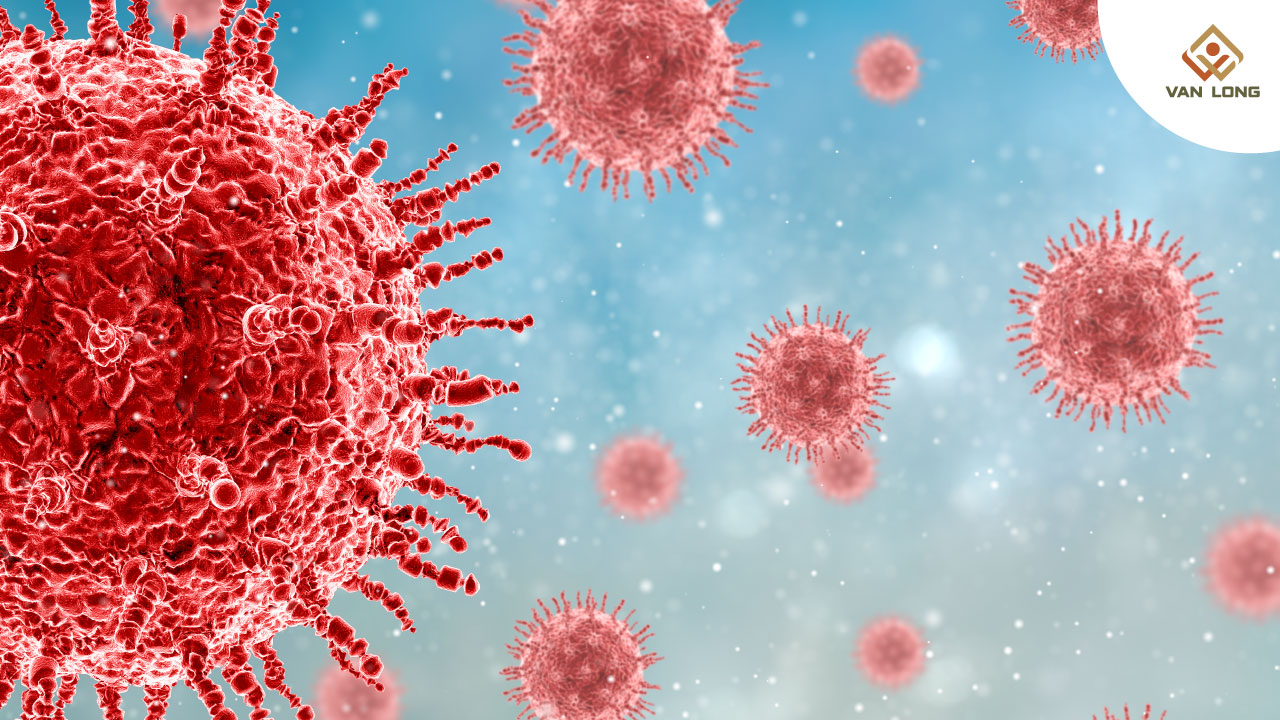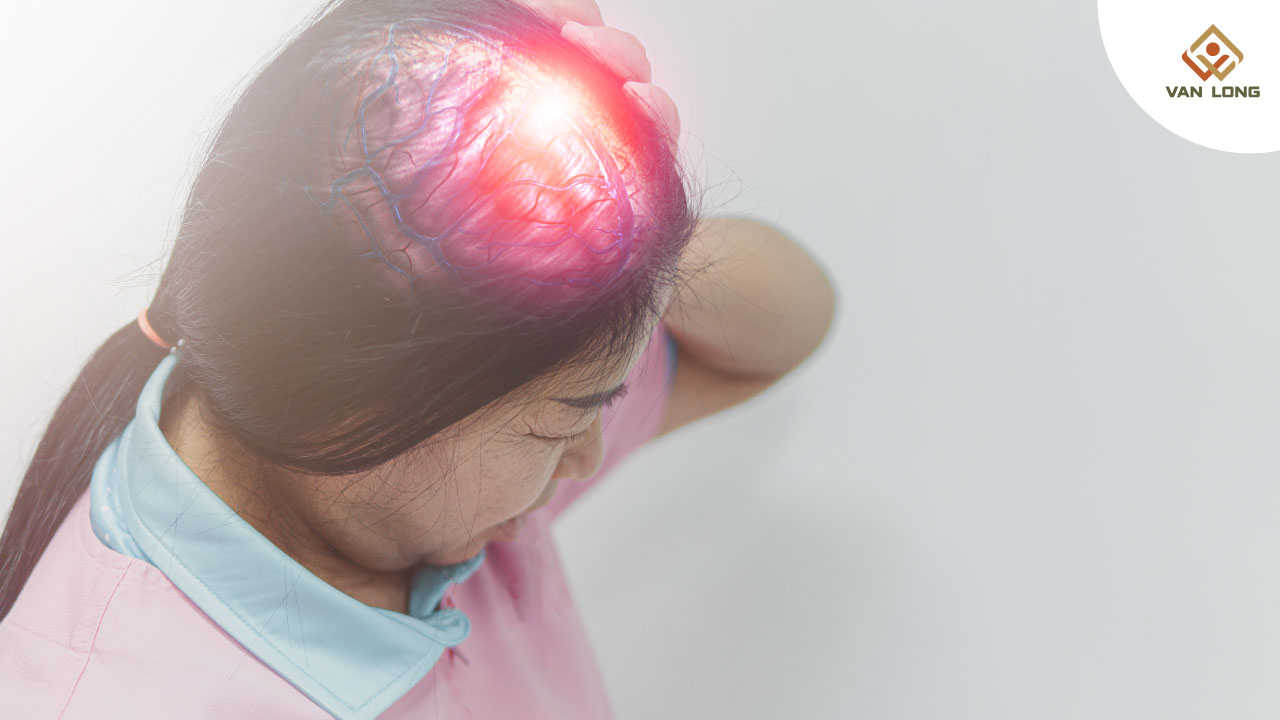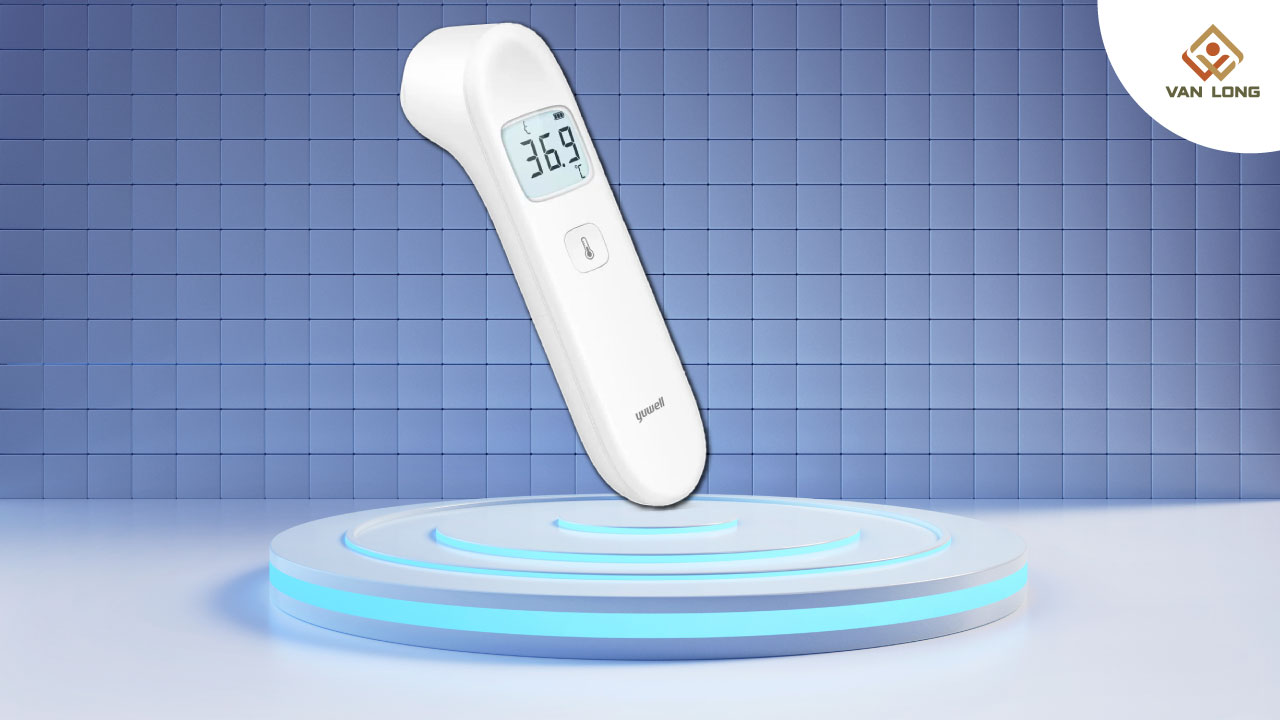Quai bị là một trong những bệnh truyền nhiễm phổ biến ở trẻ em và thanh thiếu niên. Căn bệnh này do virus gây ra, có thể lây lan nhanh chóng qua đường hô hấp, giọt bắn hoặc dùng chung đồ vật. Điểm đặc trưng dễ nhận biết nhất của quai bị là tình trạng sưng đau tuyến nước bọt, đặc biệt ở vùng mang tai và dưới hàm.
Dù được xem là bệnh cấp tính và thường tự khỏi sau một thời gian, quai bị vẫn tiềm ẩn nhiều biến chứng nguy hiểm như viêm tinh hoàn, viêm buồng trứng, viêm não, viêm màng não, viêm tụy,… Trong đó, biến chứng viêm tinh hoàn có thể ảnh hưởng trực tiếp đến khả năng sinh sản của nam giới nếu không được phát hiện và xử trí kịp thời.
Ngày nay, cùng với việc tiêm phòng vắc xin, các phương pháp theo dõi sức khỏe tại nhà đóng vai trò quan trọng trong kiểm soát quai bị. Một trong những công cụ hỗ trợ hiệu quả là nhiệt kế hồng ngoại – thiết bị giúp theo dõi tình trạng sốt, vốn là triệu chứng thường gặp ở bệnh nhân mắc quai bị.

Quai bị do Mumps virus, thuộc họ Paramyxoviridae, là tác nhân chính gây ra. Đây là loại virus có khả năng tồn tại trong môi trường một thời gian ngắn và dễ dàng lây lan từ người bệnh sang người khỏe mạnh.
Bệnh có thể xuất hiện quanh năm, nhưng thường bùng phát mạnh vào mùa đông – xuân, khi thời tiết lạnh ẩm và hệ miễn dịch dễ suy yếu.
Virus quai bị chủ yếu lây qua:
Điểm đáng lưu ý là virus có thể tồn tại ngoài môi trường trong thời gian ngắn và lây lan qua thiết bị đo từ xa hoặc các bề mặt mà bệnh nhân đã chạm vào.

Ủ bệnh kéo dài từ 12 – 25 ngày, trung bình khoảng 16 – 18 ngày. Trong giai đoạn này, người bệnh chưa có biểu hiện rõ ràng nhưng đã có khả năng lây lan virus.
Người bệnh có thể gặp một số triệu chứng mơ hồ:
Đây là giai đoạn cần theo dõi thân nhiệt thường xuyên bằng nhiệt kế điện tử đo trán hoặc nhiệt kế hồng ngoại để phát hiện sớm tình trạng sốt – một trong những dấu hiệu điển hình của bệnh.
Sau 1 – 2 ngày kể từ khi có triệu chứng khởi phát, bệnh tiến triển nhanh với biểu hiện đặc trưng:
Ngoài ra, một số người có thể kèm theo triệu chứng sốt cao. Lúc này, việc đo nhiệt độ không tiếp xúc sẽ rất hữu ích trong việc đánh giá tình trạng bệnh mà không làm bệnh nhân khó chịu.

Nếu không được chăm sóc và điều trị đúng cách, quai bị có thể dẫn đến nhiều biến chứng:
Phụ nữ mang thai mắc quai bị, đặc biệt trong 3 tháng đầu, có nguy cơ:
Do đó, phụ nữ cần tiêm phòng vắc xin quai bị trước khi mang thai để đảm bảo an toàn cho mẹ và bé.
Người bệnh cần đến ngay cơ sở y tế khi:
Trong đợt dịch bùng phát, chỉ cần bệnh nhân có biểu hiện sưng tuyến mang tai, kèm tiền sử phơi nhiễm, bác sĩ có thể chẩn đoán lâm sàng.
Nguyên tắc chung
Trường hợp nhẹ
Trường hợp có biến chứng


Biện pháp không đặc hiệu

Sốt là một trong những dấu hiệu quan trọng giúp nhận biết quai bị. Việc theo dõi thân nhiệt chính xác không chỉ giúp phát hiện sớm biến chứng mà còn hỗ trợ bác sĩ trong việc chẩn đoán.
Đặc biệt, trong trường hợp trẻ nhỏ hoặc người bệnh khó hợp tác, việc sử dụng nhiệt kế điện tử đo trán sẽ thuận tiện hơn so với các phương pháp truyền thống.
Quai bị là bệnh truyền nhiễm có thể tự khỏi nhưng lại tiềm ẩn nhiều biến chứng nguy hiểm. Tiêm phòng vắc xin là phương pháp phòng ngừa hiệu quả nhất. Bên cạnh đó, việc theo dõi và chăm sóc bệnh nhân tại nhà đóng vai trò quan trọng trong việc hạn chế biến chứng.
Trong quá trình chăm sóc, nhiệt kế hồng ngoại và nhiệt kế điện tử đo trán là những công cụ hỗ trợ thiết thực giúp theo dõi nhiệt độ nhanh chóng, chính xác và an toàn. Nhờ khả năng đo nhiệt độ không tiếp xúc, hoạt động như một thiết bị đo từ xa với công nghệ cảm biến hồng ngoại, chúng góp phần nâng cao hiệu quả kiểm soát bệnh và bảo vệ sức khỏe gia đình.
——————————
CÔNG TY TNHH PHÁT TRIỂN THƯƠNG MẠI DỊCH VỤ VÂN LONG
YOUR NEEDS - OUR BUSINESS
Hotline: (028) 3526 2468 / 098.484.0440
Email: cskh@vl-groups.com
Website: www.vl-groups.com
Địa chỉ:
- Văn phòng HCM: Tòa nhà Fosco, D35 + D36 - 40 Bà Huyện Thanh Quan, P.Xuân Hòa, TP. HCM
- Trung tâm bảo hành: 373/14 Nguyễn Kiệm, P.Đức Nhuận, TP.HCM
- Văn phòng Hà Nội: Khu VP Hồng Hà, 38.3/1 Ngõ 109 Trường Chinh, P.Phương Liệt, Q.Thanh Xuân, Hà Nội
- Kho Tổng: 938 Quốc Lộ 1A, P.Linh Xuân, TP.HCM
🌼 Shopee: https://shopee.vn/vanlonggroups
🌼 Tiktok: https://www.tiktok.com/@thietbichamsocsuckhoe
🌼 Tiki: https://tiki.vn/cua-hang/cham-soc-suc-khoe-van-long
🌼 Lazada: https://www.lazada.vn/shop/van-long-our-needs-your-business